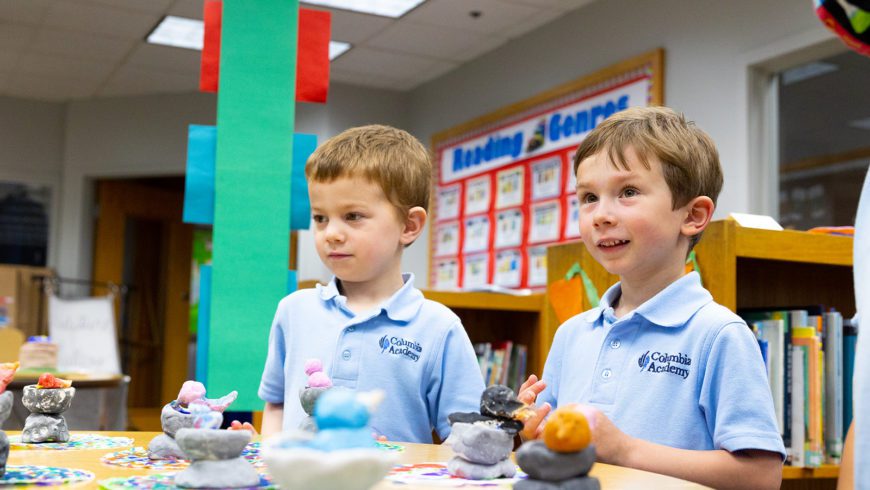6 Ways to Help Your Elementary Student Transition to a New School Year

Summer always seems to go by in a flash. Now that a new school year is on the horizon, you might be wondering what to expect from your elementary age child. Will they be nervous? Excited? Overwhelmed? For many young children, there are mixed emotions as summer break comes to a close.
As a parent, you want to make this transition as easy as possible — for both your child and yourself. Consider these tips for fostering a smooth start and giving your elementary schooler the confidence he or she needs to get back in the swing of things.
- Validate Their Feelings — If your child is nervous about a new teacher, new friends, or maybe even a new school, help them name their emotions and assure them it’s OK to feel that way. Once they know they are seen and heard, they may be able to better regulate their emotions. It may assure your child to remind them of another time they felt the same way and faced a transition with bravery.
- Create a Visual Schedule — Young children are visual learners. When reinstating a routine, it’s always helpful to give them a tangible tool,so they know what to expect. This could be as simple as a hand-drawn poster for their bedroom or a magnetic whiteboard that allows them to check things off the list as they complete tasks such as getting dressed, eating breakfast, packing school supplies, and completing homework.
- Tour the School — Arranging a walk-through, especially if your child will be attending a new school, can help ease first-day jitters and make for a smoother first week. Ask the school if there will be an opportunity to tour the campus during orientation or if you can come in on a different day,so your child can see where they will be dropped or and/or picked up, attending class, eating lunch, and playing during recess.
- Prioritize Sleep & Nutrition — For adults and kids alike, transitions are easier when everyone feels healthy and rested. A few weeks ahead of the first day of school, gradually move bedtime back to a school-night hour and begin waking up at a consistent time each morning. Focus on healthy meals and allow your child to help brainstorm and sample lunch options for the school year if they will be packing a lunch from home.
- Provide Social Opportunities — If possible, reconnect with peers that attend your child’s school. Familiar faces can provide a great deal of comfort to elementary schoolers. If you haven’t met many fellow families yet, any social interaction helps. Students in kindergarten-fourth grade are developing social skills at a rapid pace,and practice makes progress.
- Learn How to Get Involved — Ask your child’s school how you can be involved on campus and establish open communication with the teacher. When students know that their parents are involved in their school life, they feel a stronger sense of alignment and security, which fosters a positive learning experience.
Are you searching for a private elementary school where your child will be known well and challenged to reach their full potential? Learn more about Columbia Academy by downloading a Parent Info Packet today!

